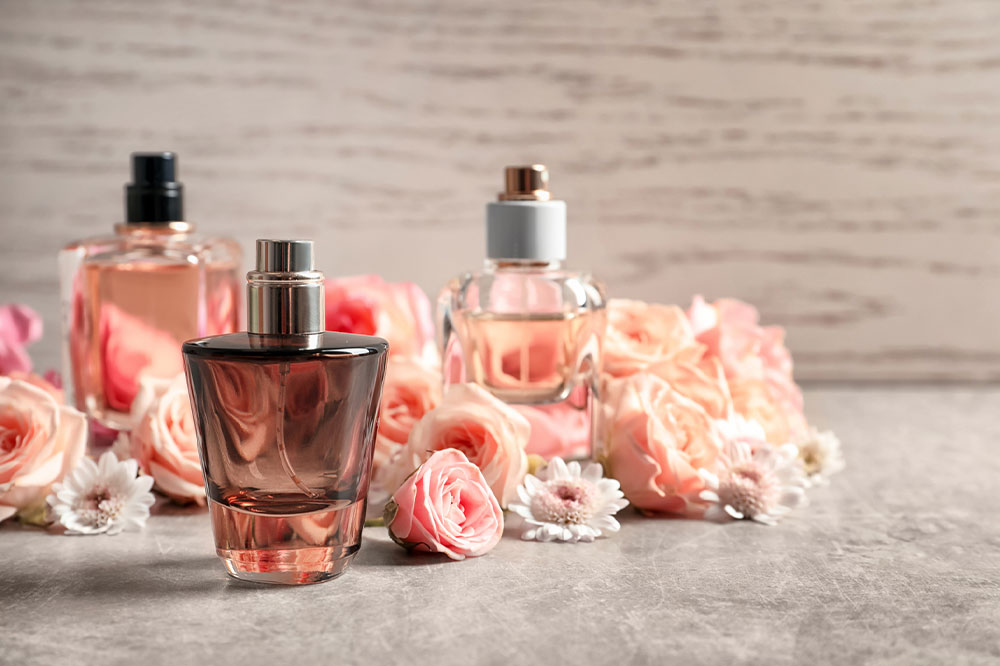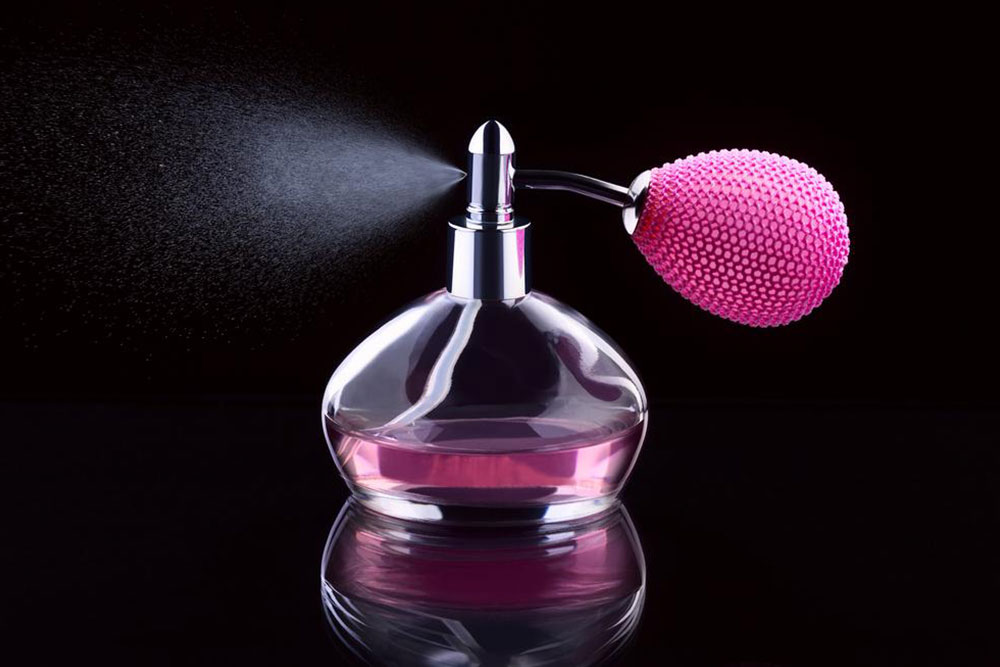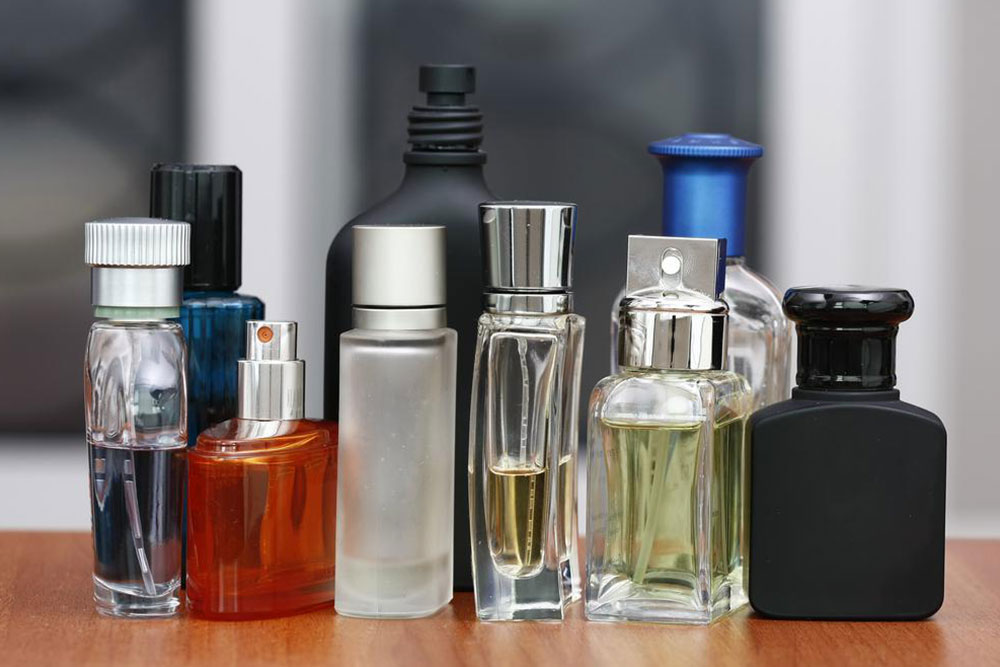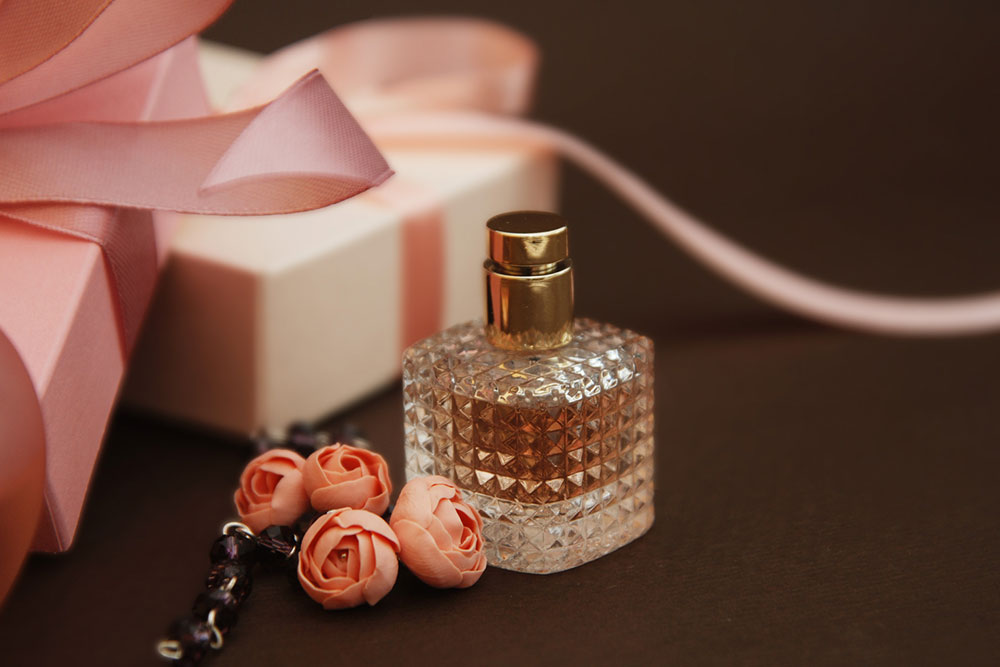The Art and Legacy of Perfumery
Discover the rich history and intricate artistry behind perfumery, tracing its origins from ancient Egypt to modern global markets. Learn about the meticulous craftsmanship involved in creating luxury fragrances, the secretive techniques used, and the enduring popularity of perfumes across all social classes. Whether affordable or exclusive, perfumes continue to captivate audiences worldwide with their alluring scents and cultural significance.

The Art and Legacy of Perfumery
The term fragrance describes a pleasant scent derived from flowers or other substances. This delightful aroma has historically been transformed into various products such as perfumes, colognes, and aftershaves. Perfume has long been associated with luxury and tradition, dating back to ancient times when kings and nobles wore and gifted perfumes, symbolizing elegance and romance.
Perfumery dates back to 3000 BC, making it an ancient craft rooted in trade. Early perfume production originated in Egypt, with significant contributions from Arab and Persian artisans. The etymology traces to Latin "per fumus," meaning "through smoke," highlighting the aromatic process. Today, perfumes often contain incense-based scents and are accessible to all societal levels, from royalty to everyday consumers.
Creating perfumes requires extensive experience, patience, and knowledge of delicate scents. The art involves precise measurements and a deep understanding of ingredient combinations. Many families keep their fragrance recipes secret across generations, while others view it as a commercial enterprise. The quality and balance of ingredients directly influence the final aroma, with even minor miscalculations capable of ruining the product.
Today’s global perfume market offers a wide range of options, from affordable everyday scents to rare, high-end fragrances. Some exotic perfumes are limited editions, demanding high prices due to their rarity and production costs, which include special ingredients, packaging, and transportation. The secrets behind making such exclusive perfumes are often closely guarded to maintain competitive advantage.
Demand for beautifully crafted perfumes remains high worldwide, with many products being exported based on customer orders. This thriving industry continues to evolve, blending traditional techniques with modern innovation.










